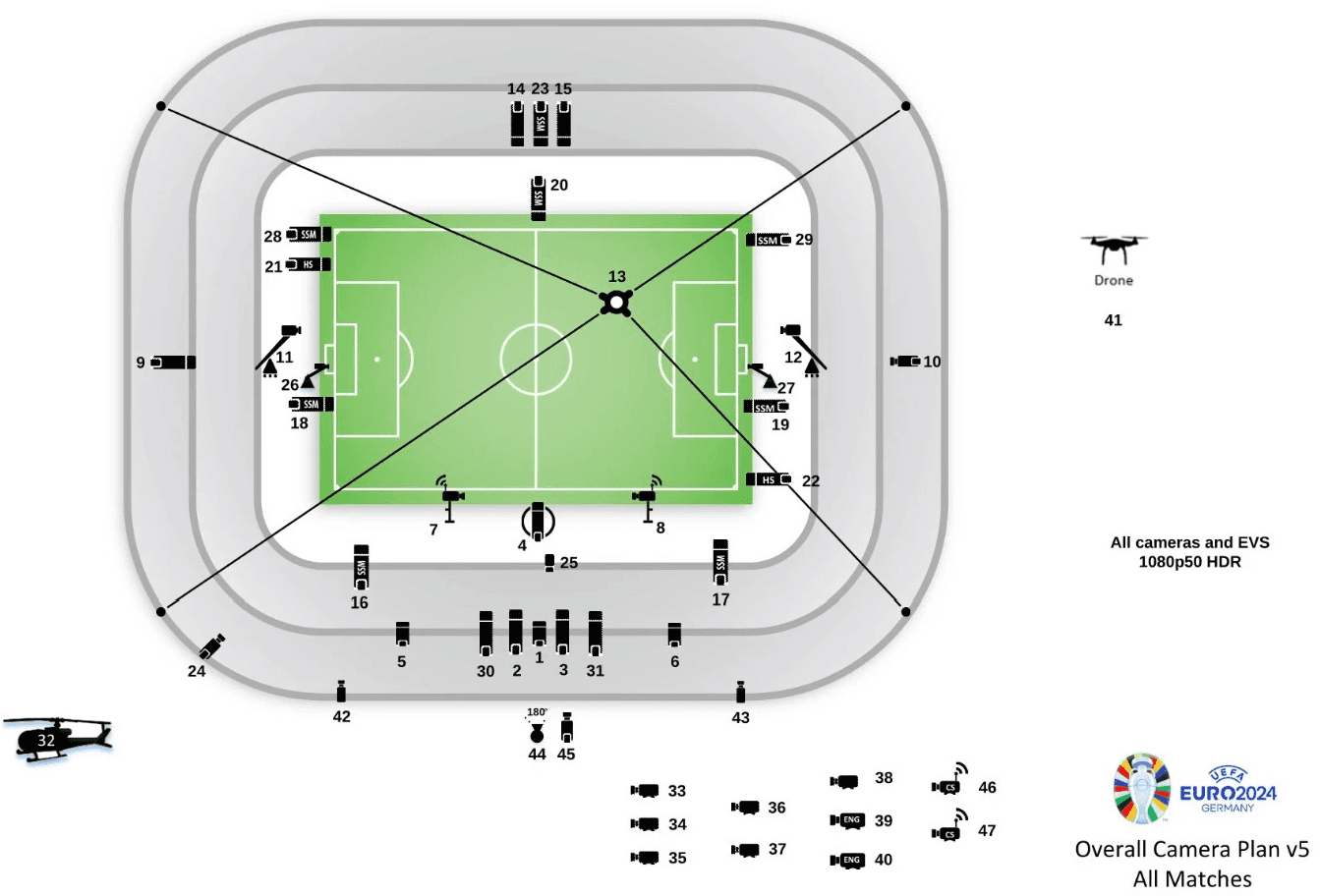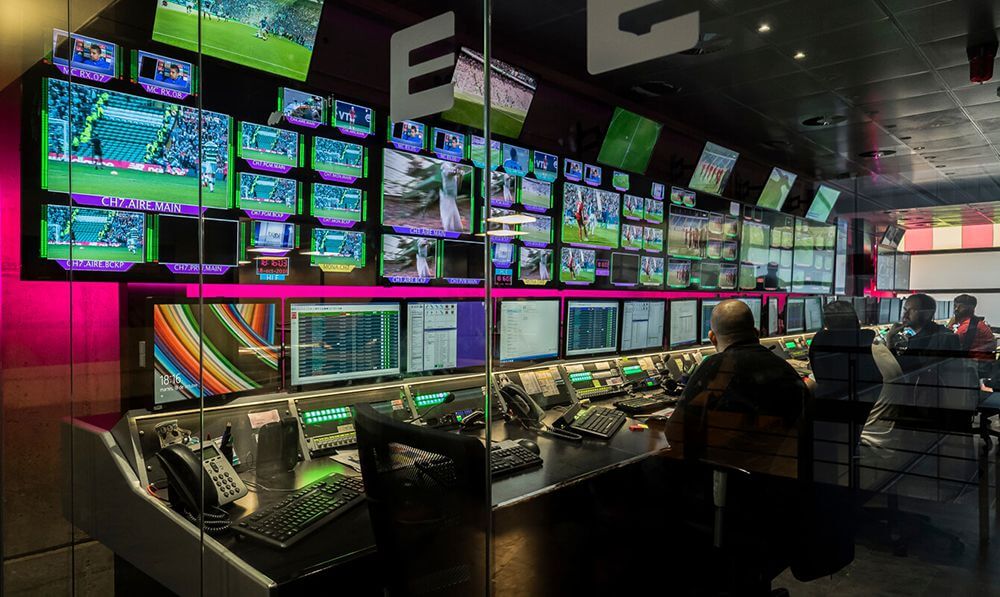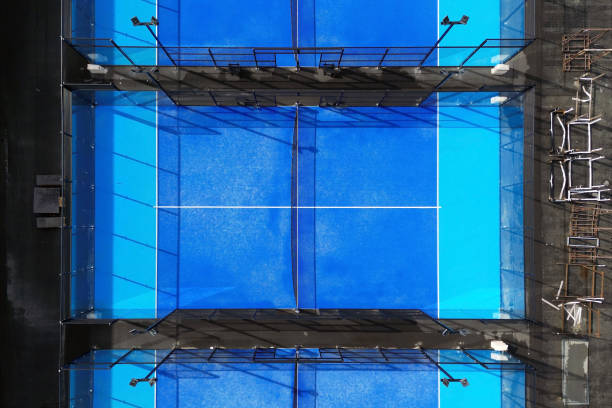Watching a live sports event from home has become as simple as pressing a button. When turning on the television, viewers are instantly immersed in the action on the screen. However, we rarely consider what it takes to bring this experience to us. Behind every broadcast, a team of professionals and cutting-edge technology work tirelessly to deliver live action to our screens.
The Pre-Game Preparations
Preparation begins well before the match. Consider the numerous cameras at a game and their strategic placements in the stands, on mobile cranes, and other locations to ensure no moment is missed. Microphone placement and configuration are also crucial to deliver clear and crisp sound.
To illustrate the complexity of this work, take "El Clásico" from October 2023, which involved 38 cameras and a team of nearly 100 people.
Óscar Lago, the production director, explained his job in an interview with COPE: "I compare my work to that of an orchestra conductor. In the end, what they do is direct different types of professionals who have to be very good, and they are because an orchestra conductor without good musicians is nothing. Our job is to create television, to create a show, to narrate the match and excite the viewers."
He is responsible for deciding what we see at any given moment. From his seat, he decides in real time which camera will show the action, when to display a replay, or how to integrate statistics on the screen. He sets the pace, and his team ensures the execution is flawless.
Another example that illustrates the complexity of bringing a sporting event to homes is the setup for the UEFA Euro 2024. For this tournament, UEFA has allocated nearly 1,800 workers across the ten venues, 400 of whom are at the International Broadcast Centre (IBC) in Leipzig, which serves as the operations hub and the home for the 27 partner channels broadcasting the tournament.

Standard Camera Distribution for the Euro 2024. Source: UEFA
Once the event ends, while we may turn off our TVs, their work continues into post-production. The editing and production teams review footage to create summaries and analyses, presenting them dynamically and engagingly. This gives viewers a deeper and more detailed look at the event.
Social Media and the Continuous Demand for Sports Highlights
This marks the beginning of the second phase: creating highlights. Traditionally, this required a team to manually view, select, and edit clips—a time-consuming and costly process. Adding to this, working against tight deadlines made the task even more challenging. Despite technological, human, and logistical challenges, production and distribution times were considered ‘fast.’
Moreover, the rise of instant social media engagement disrupted the traditional structure of highlight creation and consumption. How could sports highlights be adapted for social media in a concise, clear, and engaging manner? Tools like Pendular emerged to address these challenges, leveraging artificial intelligence to automate the process, reducing the need for extensive personnel and cutting extra costs.
Collaborating with broadcasters, sports organizations, and federations, Pendular offers an automated live coverage model tailored for each sport and a content distribution strategy for social media. This approach aims to convey the essence of sports events, balancing narrative and sport, and naturally bringing the action closer to users.



